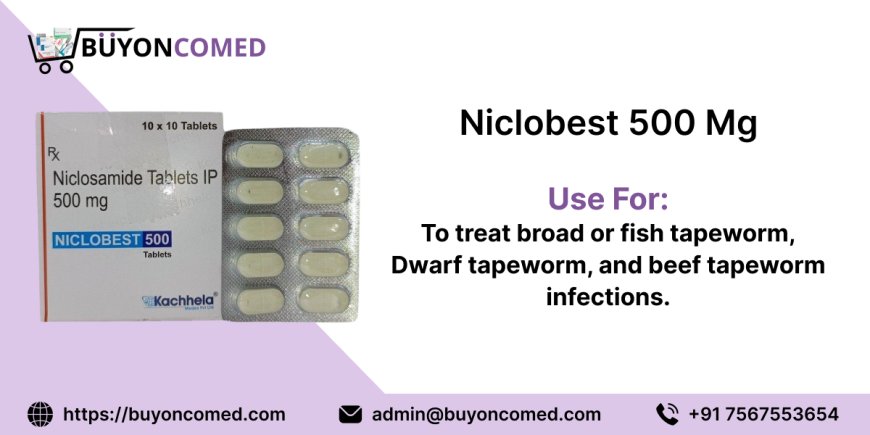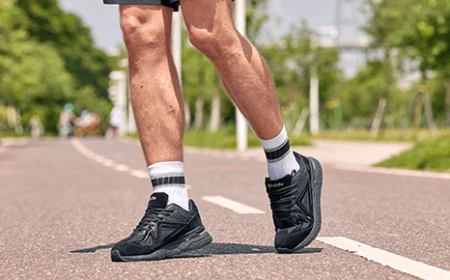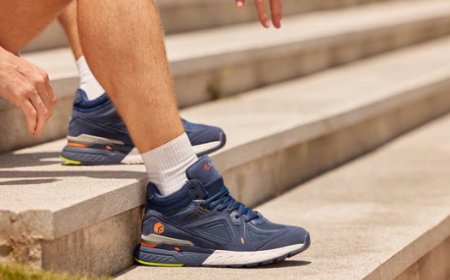What is the mechanism of action of niclosamide?
The mechanism of action of Niclosamide. Understand how parasites use simple language and analogies.

Overview:
The mechanism of action of Niclosamide. Understand how parasites use simple language and analogies.
Have you ever taken a medicine without really knowing how it works? One such drug thats often usedbut rarely explainedis Niclosamide. Its been around for decades, mainly known for treating tapeworm infections. But how does this tiny pill manage to knock out such stubborn parasites?
Introduction to Niclosamide
Niclosamide is a medication thats been on pharmacy shelves since the 1960s. It's most commonly used to treat tapeworm infections in both humans and animals. You might not hear about it often, but its a hero in disguisequietly doing its job behind the scenes.
What Is Niclosamide Used For?
Traditionally, its used for:
- Tapeworm infections (like Taenia saginata, Taenia solium)
- Fish tapeworm infections
- Veterinary deworming
But now, researchers are also exploring its potential for cancer, COVID-19, and metabolic disorders.
Why Understanding Mechanism Matters?
Why should you care how Niclosamide works? Because knowing the mechanism of action tells us:
- How safe is the drug?
- What side effects are expected
- If it can treat other diseases
- How it might interact with other drugs
Think of it like understanding how your car engine worksso you can drive it better and fix problems before they grow.
How Medications Work?
Before diving deep, lets get a quick refresher.
Every medication works by targeting something specifica protein, enzyme, or cell part. The goal is to block, enhance, or destroy a process. Niclosamide is no different. It focuses on disrupting the parasites energy production system.
Niclosamides Main Target: Tapeworms
Tapeworms live in your gut, stealing your nutrients and growing several feet long. Creepy, right? Niclosamide doesnt attack the worm physically. Instead, it targets its metabolismthe life engine that keeps it moving and feeding.
Disrupting the Energy Factory
Heres where it gets interesting.
Niclobest 500mg works by collapsing the parasites energy factoriesthe mitochondria. In scientific speak, it uncouples oxidative phosphorylation, which is how cells produce ATP (energy).
Imagine the Parasites Battery Dying
Heres an analogy: Imagine the parasite as a smartphone. The mitochondria are its battery, and ATP is the charge. Niclosamide doesnt just drain the batteryit breaks the charger. Even if the phone wants to charge, it cant. Eventually, it shuts down.
This is how Niclosamide paralyzes and kills the tapeworm without harming your body.
Blocking Glucose Uptake
Another trick up its sleeve: Niclosamide blocks glucose absorption by the parasite.
Tapeworms depend entirely on your gut for glucose. Cut off their sugar supply, and they slowly wither away. It's a two-pronged attackstop their energy production and cut their fuel line.
Interfering with Mitochondria
In detail, Niclosamide disrupts something called the proton gradient inside mitochondria. This gradient is essential for generating ATP.
By acting like a proton sponge, Niclosamide ruins the balance. The result? The worm cant produce energy, cant move, and eventually dies.
What Makes Niclosamide Unique?
- It stays in the gut Very little of it enters your bloodstream. So, it works right where the parasite lives.
- Selective action It targets parasites without damaging your cells.
- Minimal resistance Parasites havent yet developed much resistance to it.
This makes Niclosamide one of the safest anti-tapeworm drugs available.
Does Niclosamide Work on Other Parasites?
Yesbut with limitations.
It is mainly effective against:
- Cestodes (tapeworms)
- Some types of trematodes (flukes)
But not as useful against:
- Roundworms
- Pinworms
- Hookworms
Thats why doctors use other dewormers like albendazole or mebendazole for those.
Can Niclosamide Be Used for Other Diseases?
This is where modern science gets excited.
Studies are exploring its role in:
- COVID-19 It may block virus replication.
- Cancer It might disrupt cancer cell metabolism.
- Type 2 diabetes Potential to influence glucose pathways.
- Parkinsons disease Possibly protective in nerve cells.
Imaginethis old dewormer might be tomorrows multi-purpose wonder drug!
Why Isnt It Used for Everything Then?
Despite its potential, there are limitations:
- Poor absorption It doesnt enter the bloodstream well.
- Short duration It acts fast but not for long.
- More research is needed Human trials are still ongoing for newer uses.
Scientists are trying to modify Niclosamide so it can work systemically (throughout the body).
Side Effects and Safety Profile
Niclosamide is generally safe. Side effects are rare and mild:
- Nausea
- Abdominal pain
- Mild diarrhea
- Unpleasant taste
Its not recommended during pregnancy unless necessary. Always take it under a doctors supervision.
Final Thoughts
Niclosamide is like a parasites worst nightmarequiet, focused, and ruthlessly efficient. While it might seem like just another pill, inside your gut, it's waging a biochemical war, starving the invader and shutting down its life systems.
And as research continues, we might soon find that Niclosamide is more than just a dewormermaybe a powerful tool against some of the worlds toughest diseases.
Frequently Asked Questions (FAQs)
1. How exactly does Niclosamide kill tapeworms?
Niclosamide blocks the parasites energy production by interfering with mitochondrial function and glucose absorption, which starves and paralyzes it.
2. Is Niclosamide safe for children?
Yes, it is often prescribed for children with tapeworm infections. However, dosage should always be determined by a healthcare provider.
3. Can Niclosamide be used for COVID-19 or cancer?
Its currently being studied for these purposes. Early research looks promising, but it's not yet approved for these conditions.
4. How long does Niclosamide take to work?
Usually within a few hours. The dead tapeworm is passed in stool, often within a day or two of taking the medication.
5. Can I take Niclosamide without a prescription?
In many countries, it requires a prescription. Self-medicating is not recommended due to dosage and safety concerns.
For more information Visit Buyoncomed.








































